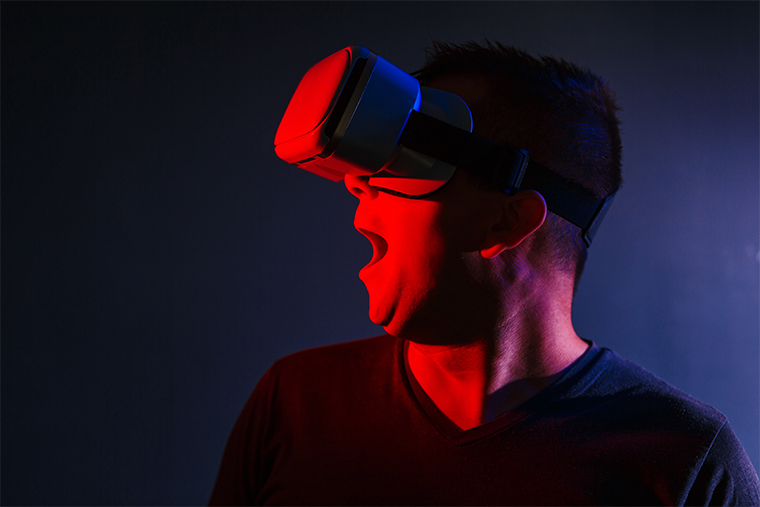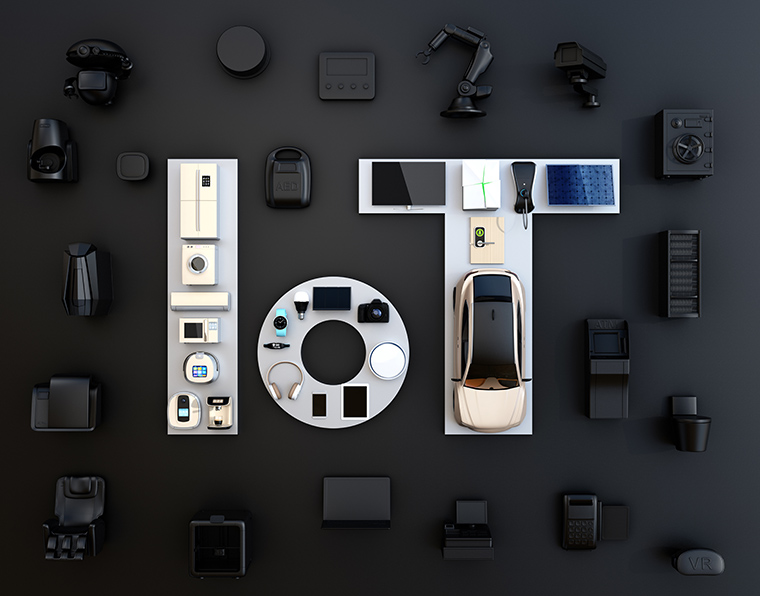Advances in technology are having a profound effect in the way we live, work, play, and relate to each other. As consumers, we are able to afford and access the digital world in a faster and more convenient manner. Technology has made possible new products and services that increase the efficiency and pleasure of our personal lives. Ordering a cab, booking a flight, buying a product, making a payment, listening to music, watching a film, or playing a game—any of these can now be done affordably and remotely.
We sometimes fail to appreciate these developments, but technology is progressing so fast driven by acceleration in computer processing, data storage, and the Internet; and the fusion of the digital, physical, and biological worlds.
Here’s a rundown of everyday technologies that we unknowingly encounter in our everyday lives.
Artificial Intelligence (AI)
Artificial intelligence (AI) is a branch of computer science that aims to create intelligent machines that think, work, and react like humans, such as in speech recognition, learning, planning, and problem-solving.
An example of AI is in product recommendations and purchase predictions when we purchase a product in Amazon. Btw, there are ways to counter this – just to be sure that you’re not being pigeonholed.
Augmented Reality & Virtual Reality (AR/VR)
Augmented reality (AR) is a live, direct or indirect view of a physical, real-world environment whose elements are augmented (or supplemented) by computer-generated sensory input such as sound, video, graphics. Virtual reality (VR), on the other hand, is the use of computer technology to create a simulated environment.
AR is in the popular smartphone game Pokémon Go, which allows users to catch virtual Pokémon that are hidden throughout the map of the real world.
Big Data
Big Data is a massive volume of both structured data, such as company records, and unstructured data, such as social media data, that is stored, manipulated, and analyzed using a set of technologies and tools.
Was pure coincidence that you came across a promotion that you’ve been waiting for when you stepped into a mall? Big Data helps vendors interact with customers in highly personalized ways. An example is how loyalty programs are done by companies wherein consumer data from store purchases, contact center interaction, and social media are analyzed to predict the best time to promote a product or service.
Blockchain
Blockchain is a technology that allows digital information to be distributed, shared, and verified, but not copied, with multiple computer users at the same time.
An example is how Bitcoin uses blockchain to calculate bitcoin owners’ spendable balance so that new transactions can be verified thereby ensuring they are actually owned by the spender. Cryptocurrency often comes to mind when blockchain in mentioned, but the technology has many other applications.
Cloud Computing
Cloud computing means storing, accessing, and manipulating data, programs, and apps over the Internet instead of your computer's hard drive.
If you’re running out of space in, say, your hard drive, an option for you is to store your data in the cloud. This is how your emails using Gmail are stored in the cloud and can be accessed and edited from any device.
Intelligent Apps (I-Apps)
Intelligent apps are applications that use historical and real-time data from user interactions and other sources to make predictions and suggestions, delivering personalized and adaptive user experiences.
If you notice a trend or pattern in your social feeds, Intelligence Apps are likely behind them. Search engines like Google, and media service providers like Spotify and Netflix, record and analyze your historical transactions and make recommendations.
Internet of Things (IoT)
Internet of Things is made up of devices – from simple sensors to smartphones and wearables to home appliances – that are connected together via the Internet.
Have you ever used your smartphone to remotely manipulate your home surveillance camera and view its surroundings? Internet of Things was central to that process.
Robotic Process Automation (RPA)
Robotic process automation (RPA) refers to software that can be easily programmed to handle high-volume and repeatable tasks that previously required humans to perform.
RPA is employed in automating your credit card applications processing, customer order processing, and online order shipping notifications. You may not know it, but it’s there.












 Back
Back
